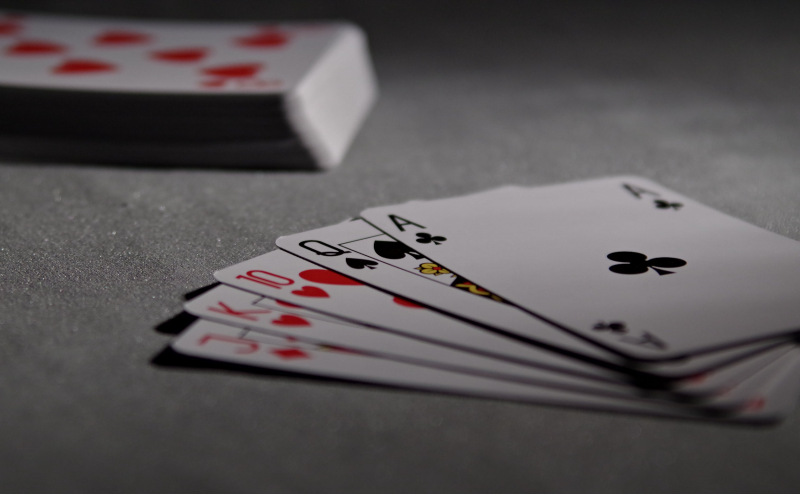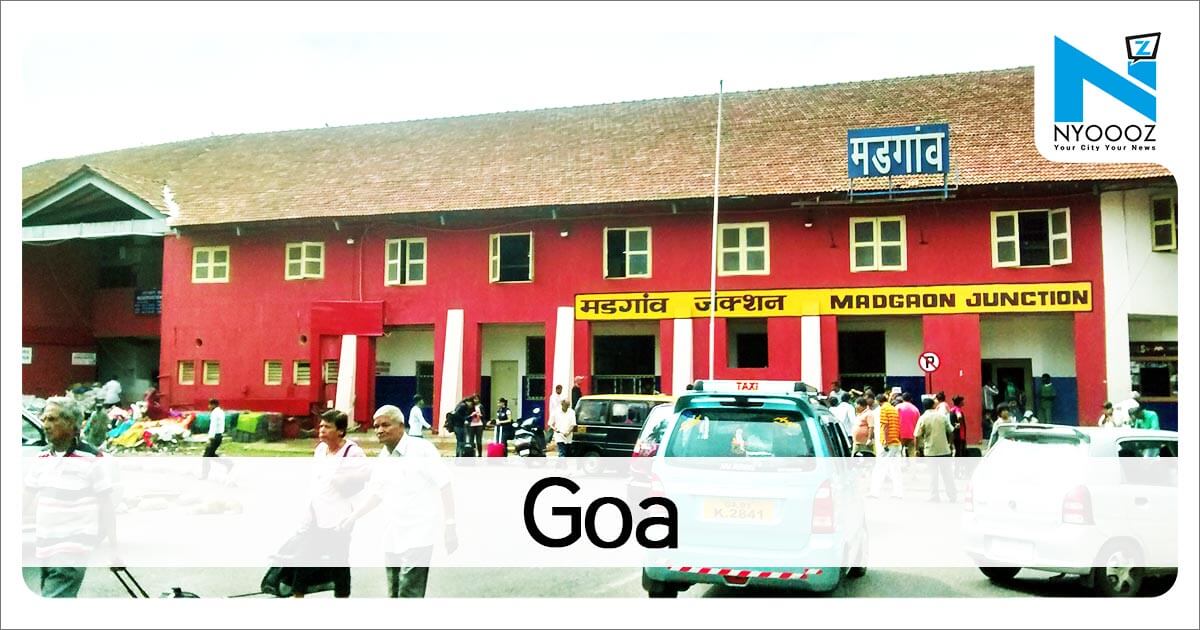
In shallow waters at low tide, one or more persons muddy the waters with their hands and feet. It involves feeling the surface of the river bed in shallow waters to catch fish. Holding the bamboos vertically on either side, two fishermen move in shallow water like sluice gates. Later, the kerosene lamp took its place.An array of locally available materials are used with brilliance to catch fish in the nearby inlet or backwater. At times, a knife or a blunt weapon is also used to stun the fish

If You Like This Story, Support NYOOOZ
Your support to NYOOOZ will help us to continue create and publish news for and from smaller cities, which also need equal voice as much as citizens living in bigger cities have through mainstream media organizations.
Stay updated with all the Latest Goa headlines here. For more exclusive & live news updates from all around India, stay connected with NYOOOZ.









